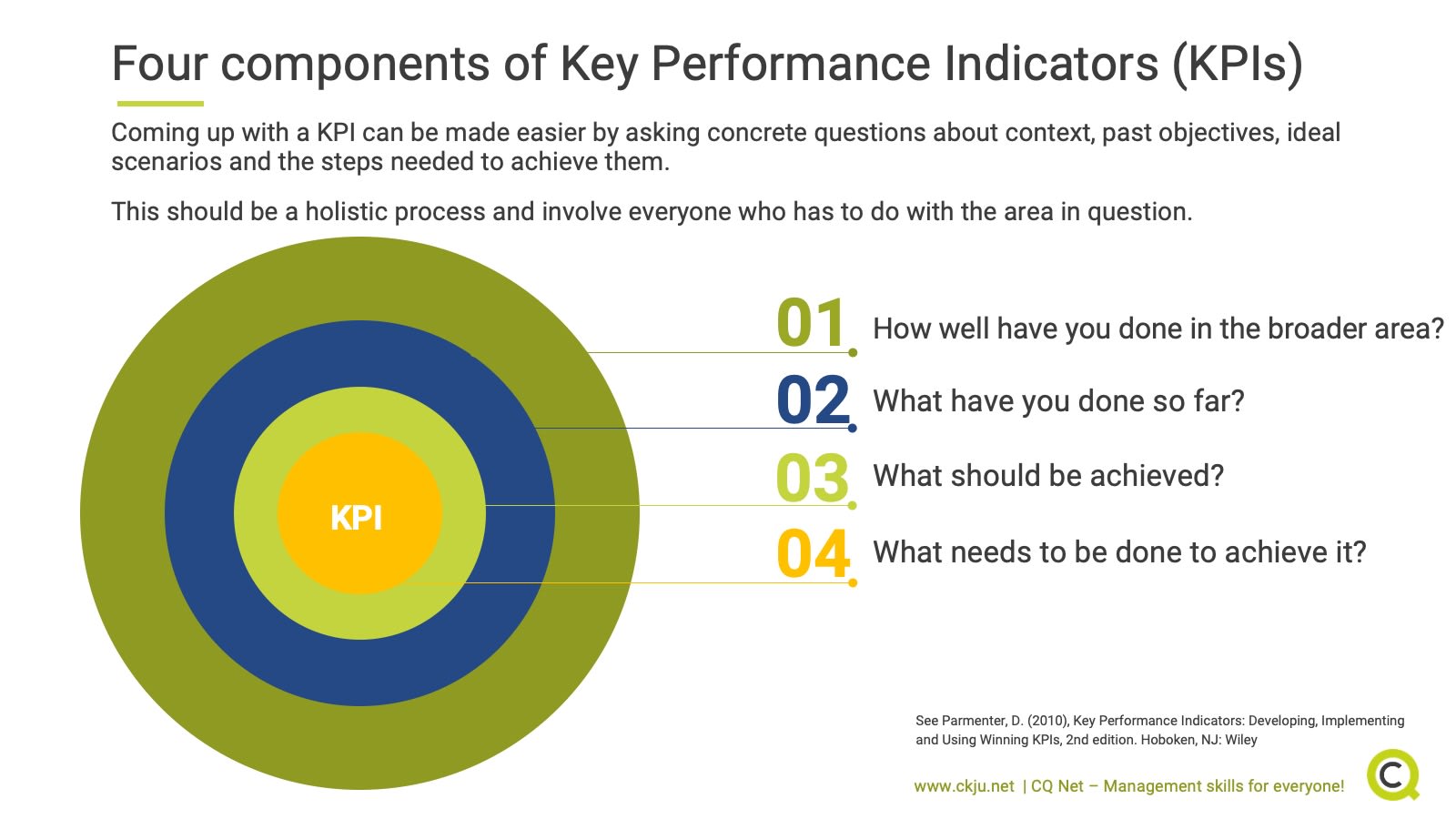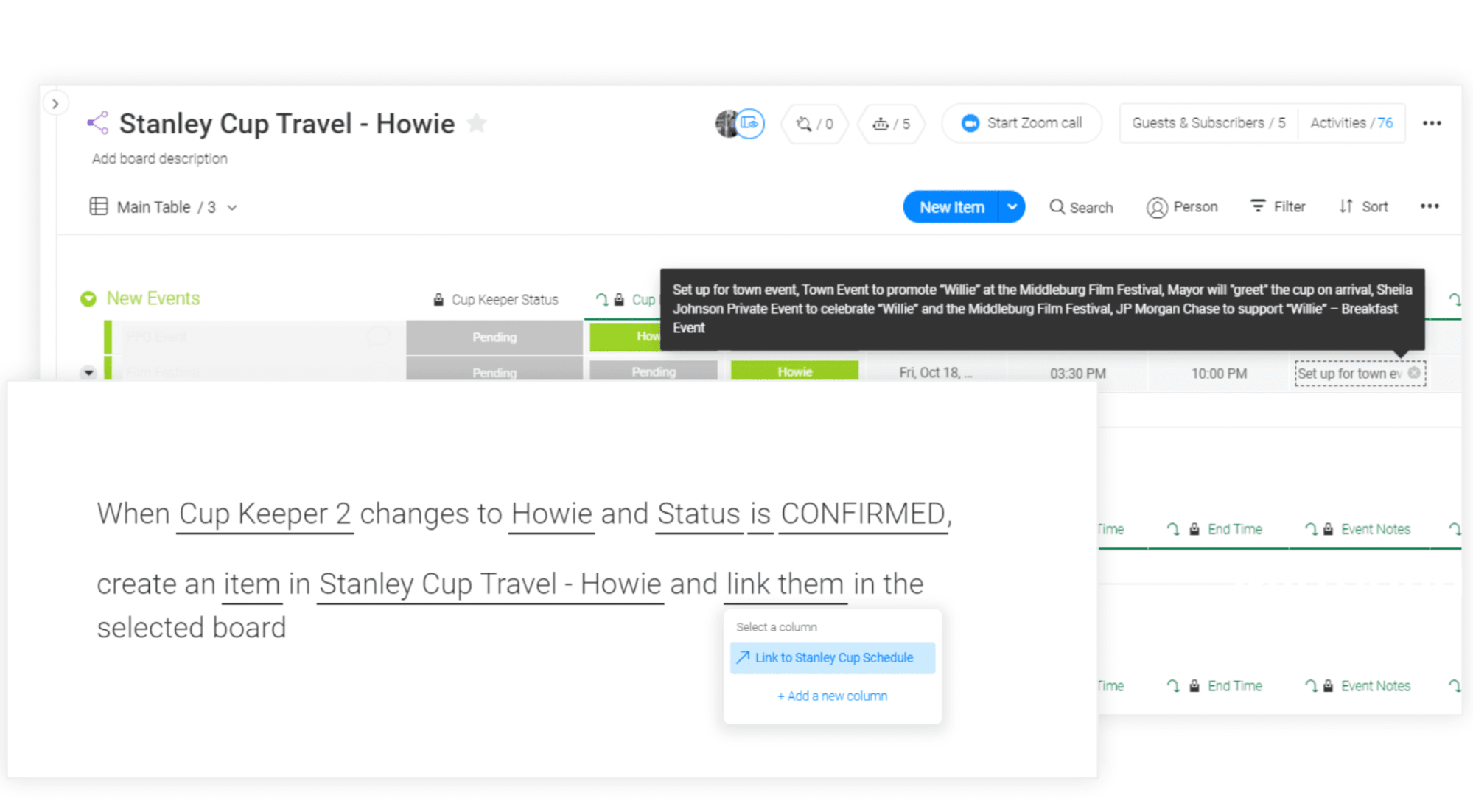If you’ve been in business for a while, then you’ve probably heard things like:
- “We want to increase productivity by 30% next year.”
- “Our team productivity has stayed below average the last couple of years.”
- “This software will make us more productive.”
But what does that even mean?
What is productivity, exactly? Most importantly, how do you measure it? Today, we’ll answer those questions as clearly as possible. Better yet, we’ll show you a simple way to measure productivity in your organization, as well as how to improve it.
What is productivity measuring?
First, we need to define what productivity is. In short, productivity measures the efficiency in which you can produce different outputs.
For instance, let’s say you’re an artist and want to start selling your paintings. Let’s also say that it takes you 3 days to produce a painting and you need the following materials:
- Paintbrushes
- Canvas
- Palette
- Acrylic paints
- Water
To increase your productivity, you’d need to find a way to either reduce your production time or use fewer materials.
For example, by improving your painting skills, you might produce a painting in 2 days instead of 3. Or by finding more durable paintbrushes, you can reduce waste, time spent buying new brushes, and material costs, since you’re replacing them less often.
Productivity indicates how efficiently you can turn your inputs — materials, time, people, and any other resource — into a final result, typically a product or service. The fewer resources you use, the more productive you are, and vice versa.
Why should you measure productivity?
Whenever you want to improve at something, the first step is to understand your current performance level. As Peter Drucker said: “What gets measured gets improved.”

You see, this is crucial.
In a recent study, 79% of employees admitted they weren’t productive “throughout the entire workday.” In fact, the same study indicated that the average employee is only productive for 2 hours and 53 minutes per day.
What does this mean for you?
Today, your team is probably wasting time and resources on inefficient processes, and the only way to know for sure is to measure your current productivity level.
By performing a productivity analysis in your organization, you can spot potential bottlenecks and inefficiencies before they start snowballing, and better optimize your core operations.Other benefits of productivity measurement include:
- Better resource allocation: understanding where and how you’re distributing your time and energy will help you make better decisions.
- Improved time management: measuring how your team uses time is essential to measure productivity.
- Improve any production process: understand the activities and operations that need urgent attention.
Now, keep in mind that not all productivity is created equal.
So, before we step into the actual process of measuring productivity, let’s answer a major question.
What are the different types of productivity?
We can split productivity into 4 main categories:
- Labor productivity: measures the total economic output (revenue) per labor hour.
- Capital productivity: determines the efficiency in which capital (such as machinery) is used to produce a specific output.
- Material productivity: measures the total economic output generated per unit of material used.
- Multifactor productivity: indicates the total productivity generated by all the other factors combined.
Note: Some people might include additional categories, like technology or managerial productivity. For the sake of brevity, however, we decided to focus on the most important and widely-used.
How do you measure productivity?
That’s the question, right?
So, now that you understand what productivity is and why it matters, let’s talk about how to measure it in the real world, starting with the basics.
Step 1: Define a core productivity metric
Performance metrics, also known as Key Performance Indicators (KPIs), help you monitor the efficiency of your team at getting different tasks done or achieving certain results.

For instance, let’s say you’re comparing 2 team members.
One of them works extremely hard, putting in some extra hours every night, while the other prefers to go home early and spend time with their family.
Which of them is more productive?
Traditional wisdom would say the first one is more productive — but that’s not necessarily true. Because time worked doesn’t, in itself, indicate higher productivity.
To determine which employee is more productive, you need to define what success means for you and then compare time spent with actual results.
For example, let’s say you’re trying to measure sales.
If the second team member is producing more sales than the first one, that person is more productive, regardless of how many hours the other team member spent working.
That’s why setting a specific KPI (or KPIs) is crucial to measure productivity. Otherwise, your results won’t be accurate.
More examples of productivity metrics might include:
- Revenue
- Employee performance
- Human capital effectiveness
- Economic growth
- Complaint rate
- Individual employee engagement
At the end of the day, these metrics will look different for you, depending on what you’re trying to measure.
Need help choosing the right metrics? Check out this guide which further explains KPIs and gives you 41 concrete examples, grouped by department.
Step 2: Use this productivity formula
Now that you’ve defined your metrics, it’s time to calculate your productivity. To do it, you should divide your outputs by your inputs.
The formula looks like this:
Productivity = Total output/Total input
For example, let’s say you’re a clothing manufacturing company that produces 800 shirts every 3 hours, with 10 employees.
In this example, those 800 shirts represent your outcome. To calculate the input, you need to multiply the number of employees by the number of hours worked.
The final formula would read:
800 / (3 * 10) = 26.66
This means that every employee produces, on average, 26.66 shirts every hour. That’s your employee productivity index.
But what about economic productivity?
Well, let’s imagine that producing 800 shirts costs you $647, derived from the following areas:
- Labor cost = $217
- Material cost = $300
- Overhead = $130
The formula would be:
800 / 647 = 1.23
This means that your economic productivity is 1.23 shirts per dollar input.
Depending on the type of productivity you’re trying to calculate, you might need to consider different elements (e.g., multifactor productivity may involve labor hours and costs, material used, overhead, etc.).
Once you know your current productivity, you can compare it with your goal productivity and consider what you might need to change to address any gap.
How to skyrocket your team productivity with monday.com
Even though the formula we outlined previously works great, it’s simply too manual for modern teams. Besides, if you don’t have access to all your data, the results you get from that formula can be inaccurate.
If you’re looking for a simpler way to maximize your efforts, reduce costs, and improve your overall productivity, then a platform like monday.com might be right for you.
What is monday.com?

monday.com is a Work Operating System (Work OS) where you can streamline all your processes, monitor progress, and optimize your operations.
The best part?
Our platform is fully customizable.
From the start, you get access to dozens of building blocks you can move around at will to design a platform that fits your exact needs, regardless of your vertical.
Some of our core features include:
- Intuitive visualizations: get access to your data from multiple angles and perspectives, such as Kanban, Timeline, Workload, Map, Calendar, and more.
- Powerful automations: automate more than 250,000 tasks and repurpose that time on activities that really move the needle.
- Seamless integrations: integrate 40+ of the tools and apps your team already uses.
- Time management: track how and where you’re spending most of your time and optimize your work accordingly.
- Simple collaboration: bring in your entire team to the platform and work under a single digital “roof.”
- Advanced reporting: customize unlimited reporting dashboards and get access to the data that’s most important to you.
To get a more complete overview of our platform, why not check out our product overview page.
Why monday.com?
Instead of telling you why monday.com could make you more productive, let’s SHOW you how the NHL saved 4+ weeks per custom application development cycle by adopting our platform.
Before monday.com, NHL’s IT team was struggling with an increasing workload and all the headaches that involves: organizational silos, lack of clarity, and miscommunication.
All of those things were hurting the team’s productivity, causing bottlenecks and lots of disruption.
That’s when the team came across monday.com.
First, they used monday.com as a single source of truth, bringing the entire team to the platform and getting rid of silos between departments.
Then, they mapped out their core processes from start to finish and used monday.com boards to streamline each of them.

They also tapped into our AI-powered features to automate some of their most tedious and complex activities. Like this:

Finally, they created custom reporting dashboards to track one of their most important metrics: fan engagement.
Thanks to our different data views and dashboard widgets, NHL’s IT team is now capable of monitoring productivity at every level of their organization.
The good news?
You can do it too!
Whether you’re the owner of a large manufacturing company, a freelancer, or a team manager, monday.com provides you with everything you need to calculate, track, and improve your productivity.
Ready to measure your productivity?
So there you have it — that’s exactly how you measure productivity. Hopefully, you now have enough information to start off on the right foot and improve results in your organization.
And if you’re looking for software that not only measures workplace productivity but also makes you more efficient, then monday.com is probably the right fit.
To start, why don’t you try out our fully customizable daily task tracker template and experience the power of a true Work OS?
